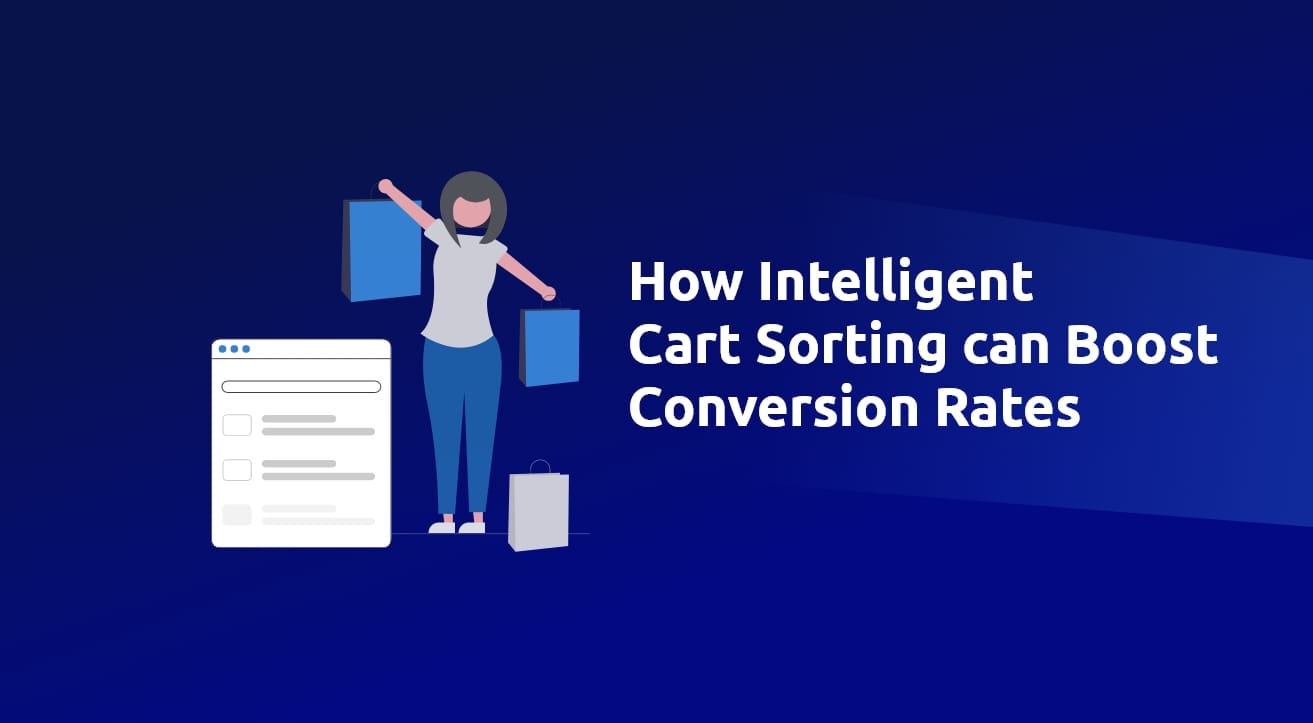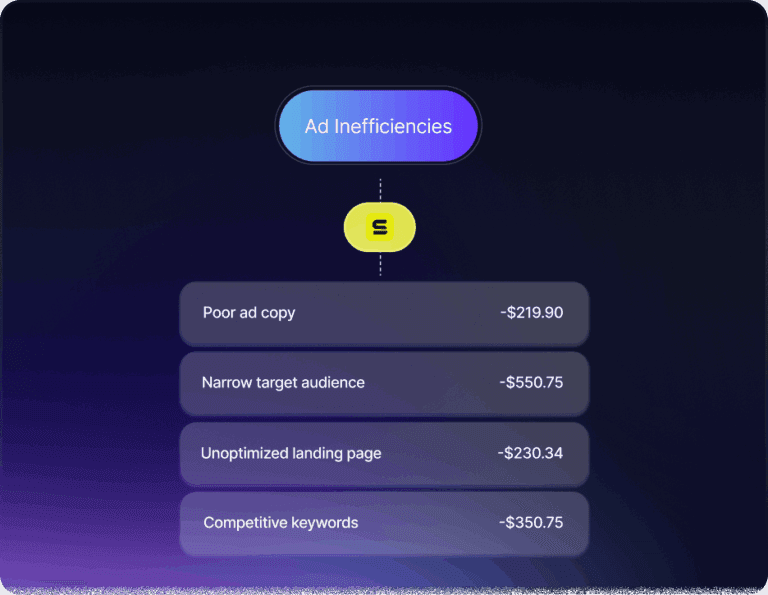Introduction
In the world of e-commerce, how products are presented to customers can have a significant impact on conversion rates and customer satisfaction. Cart sorting, which determines how products are ordered and displayed in a customer’s shopping cart, is an important and often overlooked aspect of product presentation. Jiang et al. (2021) examined the intermediaries of cart sorting and highlighted the potential of cart sorting in the context of reducing the number of cart abandonments. There are two main approaches to cart sorting: static cart sorting and intelligent cart sorting. In this article, we will explore the advantages of intelligent cart sorting over static cart sorting, highlighting the importance of heuristics and biases it creates in customer behavior.
Static Cart Sorting
Static shopping cart sorting involves the presentation of products in the order in which they were added to the shopping cart. While this approach is simple, it does not take into account how customers make purchasing decisions. For instance, consumers might buy products that are similar or frequently purchased together. In addition, static cart sorting can lead to customer frustration, especially when they must scroll through a long list of items in the order they were added.
Intelligent cart sorting
Intelligent cart sorting is a more sophisticated approach that considers various factors that influence customer behavior, such as the availability heuristic and the biases it creates. The availability heuristic is a mental shortcut that people use to estimate the likelihood of an event based on how easily examples of that event come to mind Tversky & Kahnemann (1973). This can be exploited in e-commerce by making certain products more visible or prominent to increase the fluency of the purchase decision. In more detail, the availability heuristic can be activated by the primacy bias and the recency bias, which have an impact on customer behavior. Primacy bias describes the tendency to remember first information better than later information, while recency bias describes the tendency to remember last information better than earlier information (Curt & Zechmeister 1984).
These biases can be seen in everyday life when trying to remember a grocery list: For example, from the list “bananas”, “apples”, “milk”, “flour”, “honey”, it’s most likely to remember “bananas” and “honey”. The items in the middle of lists are usually blurred in memory. This is especially true if the list is long. In the e-commerce domain, these effects can be exploited by understanding the customer’s preference for the added products. The AI-based approach decides how to sort the cart the second the customer decides to move to the cart.
Experiment
We conducted an experiment with more than 50,000 visitors to an online fashion store in the Netherlands for 50 days, from December 1, 2022, to January 19, 2023. We compared the effectiveness of primacy and recency-based intelligent cart sorting with a control group. The only difference between the control group and the treatment groups was that the cart sorting in the control group remained static while the other factors (such as items, quantity, prices, etc.) were the same.
- Primacy bias-based intelligent cart sorting resulted in a 4.4% increase in revenue per visit over the control group
- Recency bias-based intelligent cart sorting resulted in a 4.7% increase in revenue per visit over the control group
- The increase in revenue per visit was primarily driven by a significantly (99% level) higher conversion rate (+3.9% and +4.4%) and supported by a slightly, but not significantly, higher average order value (+0.5% and +0.3%)
These results look promising in the short term, but what about the long term? Are there long term issues arising like e.g., increased return rates?
- The return rates decreased by 2.2% (90% significance)
Advantages
Intelligent cart sorting has a variety of advantages over static cart sorting. It can reduce cart abandonment and increase the long-term perception of the entire cart by placing the most popular items in prominent positions in the cart. This increases the conversion rate, while slightly increasing the average order value and decreasing the return rate. This proves that intelligent cart sorting has a long-lasting effect, not only on the purchase decision, but also on the return decision.
It also provides a more personalized and engaging shopping experience, which can increase customer satisfaction and loyalty. In today’s crowded e-commerce marketplace, companies that can differentiate themselves by providing a better customer experience have a competitive advantage. Due to high heterogeneity in customer’s behavior, AI helps to provide an individualized journey.
Conclusion
In summary, intelligent cart sorting is a powerful tool that businesses can use to increase conversion rates, improve the customer experience, and gain valuable insights into customer behavior. By leveraging the availability heuristic and the biases it creates, businesses can deliver a more personalized shopping experience that sets them apart from the competition. As e-commerce continues to evolve, intelligent cart sorting will become increasingly important in helping businesses stay ahead of the curve.
References:
- Curt, C.L., Zechmeister, E.B. Primacy, recency, and the availability heuristic. Bull. Psychon. Soc. 22, 177-179 (1984). https://doi.org/10.3758/BF03333797
- Jiang, D.; Zhang, G.; Wang, L. Empty the shopping cart? The effect of shopping cart item sorting on online shopping cart abandonment behavior. J. Theor. Appl. Electron. Commer. Res. 2021, 16, 1973-1996. https://doi.org/10.3390/jtaer16060111
- Tversky, Amos and Daniel Kahneman. “Availability: A Heuristic for Judging Frequency and Probability.” Cognitive Psychology 5, no. 2 (1973): 207–32.https://doi.org/10.1016/0010-0285(73)90033-9


